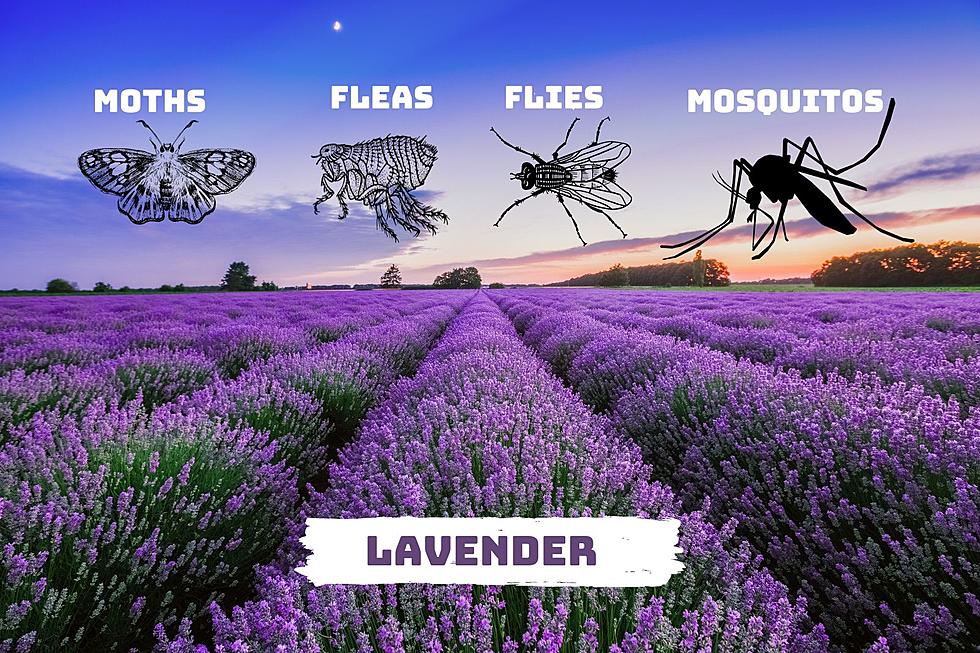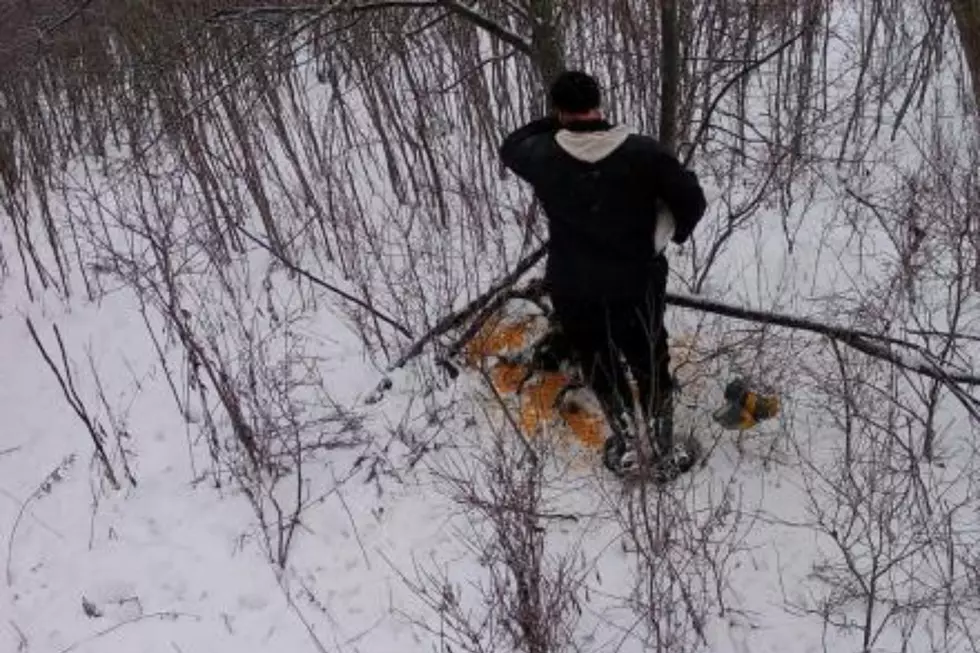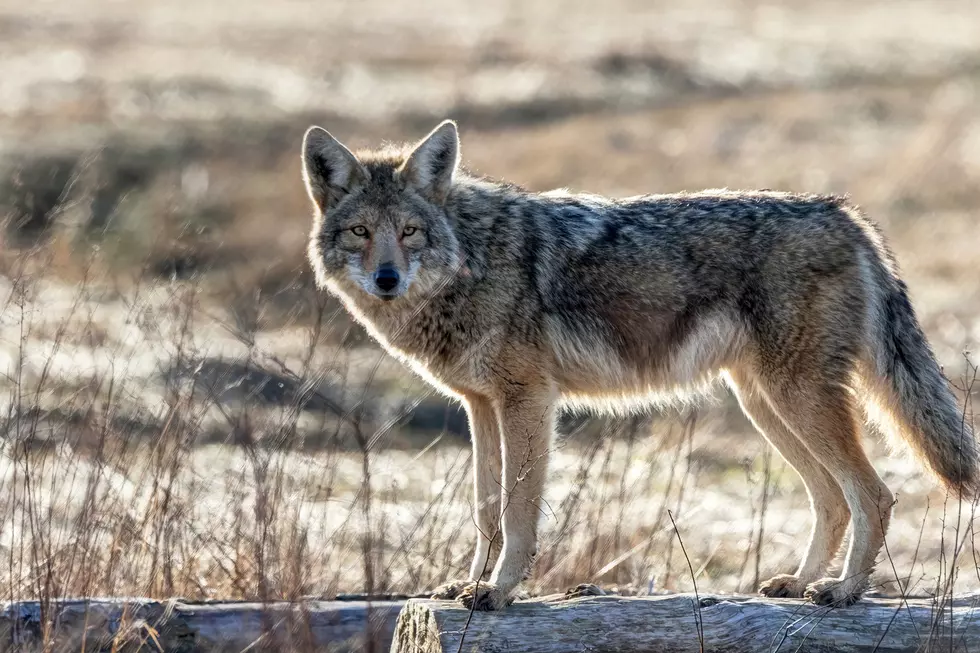
Corn Rootworm a Problem in Central New York Corn Fields
Like a hungry teenager, corn rootworms are hungry and on the hunt for food. Jeff Miller with Cornell Cooperative Extension says the insect is definitely a problem in this year's Central New York fields. Here's how to know if they're in your crop.
Jeff says rootworm can "reduce corn silage yields by 1-2 ton/acre." Now is the important time for them as adult beetles are looking to munch on green silk and and pollen of the corn plants. This also when they lay their eggs that will hatch next June and begin feeding on the corn's roots. He suggests scouting your fields with green silk to determine the population. Here's how:
Walk into your corn field 50’. Select a corn plant and grasp the silks. Start counting the number of corn rootworm from the bottom leaf of the plant to the top then release your grasp and count the number of corn rootworms on the silk. There are two types of corn rootworm: western corn rootworm which is a yellow beetle with black markings and northern corn rootworm which is a beetle with the same shape but green in color. Because of their different activity levels in corn we count westerns numerically (1 per beetle) vs northerns we count as ½ western corn rootworm equivalent per beetle. So if we had 4 westerns and two northerns on a single plant our count would be 4 + (2x ½ )= 5.
The scouting procedure requires you to count the number of western corn rootworm equivalents on a minimum of 3 plants in one location, moving to two other locations as you cross the field counting the number of western corn rootworm equivalents on 3 additional plants at each location. Use this chart at Integrated Pest Management to determine if you need to treat your field with a pesticide.
Cornell's website has more information on the corn root worm fight. Or contact Cornell Cooperative Extension’s Ag Team at (315) 736-3394 or at CCEOneida.com. Office hours are 8:30 to 4:40 Mon-Fri.
SOURCE: Cornell Cooperative Extension - Jeff Miller
BONUS VIDEO:
More From Big Frog 104









